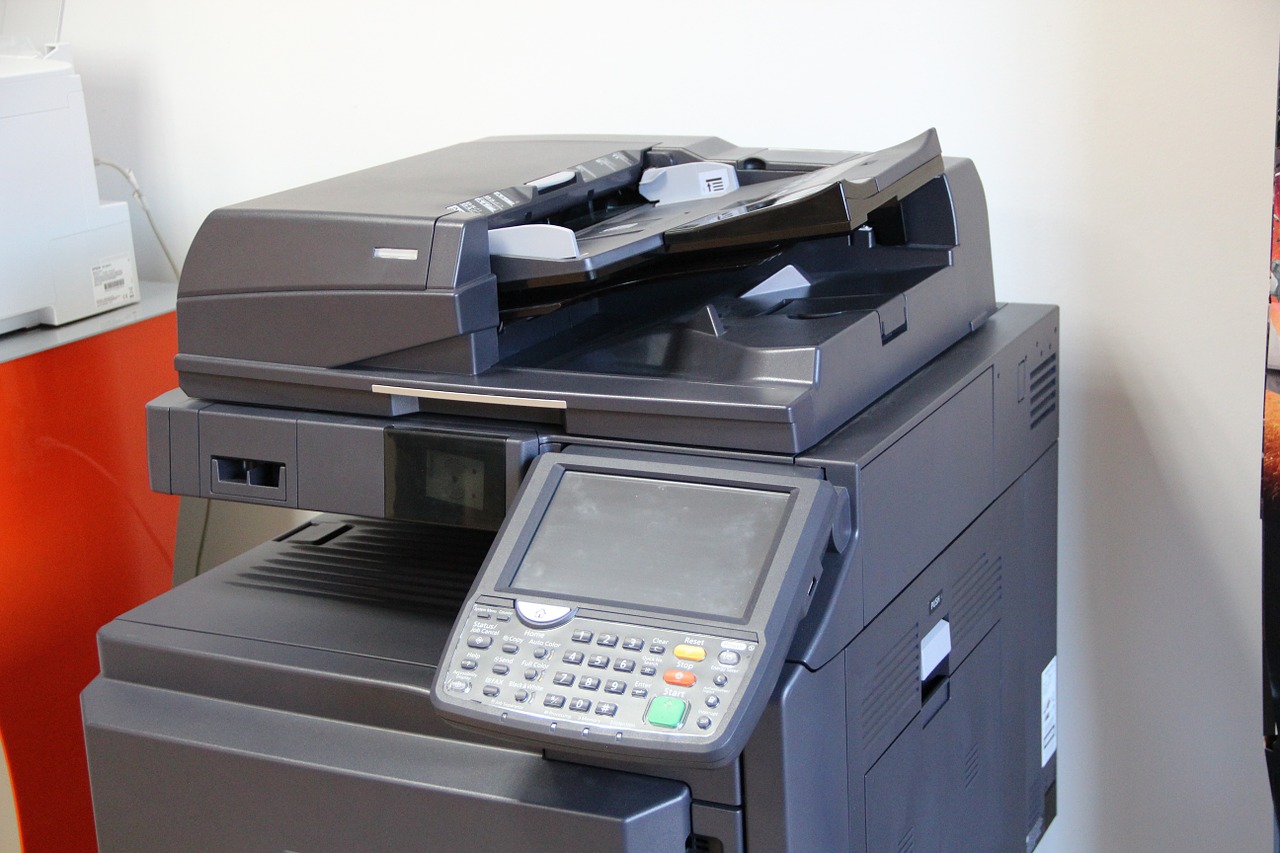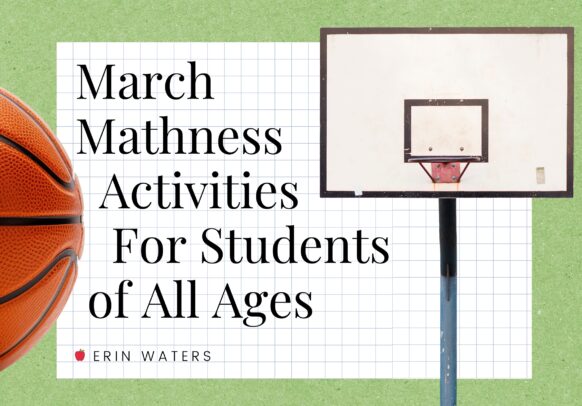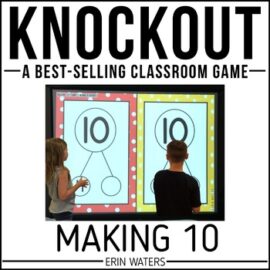Time-saving is one of the most crucial things teachers should be taught before they enter a classroom. Time is one of the most scarce resources for teachers. Your time at school is valuable. You have very little time to yourself when you are not physically teaching, and it is crucial you use this time wisely. I quickly learned this harsh truth, and it became my life's mission to save as much of my time as possible! Here is what I found.

1. Set some time-saving boundaries for yourself
Like any other area of life, there are probably some simple habits you can cut back on that will result in a big time-saving change. I'm talking habits that suck your time right out of your hands. There are some pretty common teacher time-suck culprits. I bet you fall victim to some, if not all of these:
- Stopping to talk in the office on your way to get your mail or make copies
- Spending your entire lunch in the teacher's lounge
- Hanging out in other teachers' rooms before or after school
- Agreeing to meetings during your planning time
- Staying late for team planning meetings, half of which are spent rehashing your day
- Staying after school at parents' requests for phone conferences
Sound familiar? Starting today, you can give yourself permission to say no to some or all of these things. Excuse yourself with 10 minutes left in lunch and use it to get yourself prepared. Let your teammates know you are working on being more productive, and close your door during planning time. The more time you spend on being prepared within your school day, the less time you'll spend thinking about it outside of your school day.
2. Calm your kids and your mind in the last 10 minutes of the day
By the time dismissal hour hits, we are done. Kids are done. I totally hit my stride with the afternoon rush when we started implementing afternoon meetings in the classroom. Once our afternoon meeting was finished, I turned out the lights and *gasp* turned on a short video (usually Bookflix or BrainPop) and used the last 10 minutes of the day to gather my thoughts and even to begin organizing the room for the next morning. To maximize my time-saving, I would:
- Type my morning message into my morning meeting slides
- Take a look through my plans and make any notes
- Inventory my guided reading and math areas to make sure I was set for the next day
- Make a quick stack of papers that needed copied*
- Write sticky notes to myself for anything I needed to remember the next day
- Clean up any leftover clutter from the day (usually on the small group table, which doubled as my desk)
During this time, my “maintenance crew” would quietly and quickly pick up anything from the floor and throw it away so our custodian could sweep that night.

I'll be honest: anyone watching me probably thought I was crazy, because I would zip around my room at the speed of light. There is something about not having much time to get things done that makes you get things done quicker. Plus, there was a huge incentive for me: Doing these things in that 10 minute window meant I did not have to stay late to or do them the next morning
3. Write everything down
I mean it. Keep a running list of *everything* you need to get done. Even the stuff that seems small, like responding to an e-mail. Even the stuff you THINK you won't forget. Have this list accessible at all times to maximize your time-saving efforts.
As soon as you take your kids to music, or wherever they may go that gives you “planning time,” start knocking things off that list. Make it a challenge! Set a timer for 20 minutes and see how many “list tasks” you can accomplish. I'm telling you, this works. I love it so much that I've created 5 free to-do list templates that can help you in your time-saving efforts!
And this is important: start at the top of the list. Often times, when we have a to-do list, our natural inclination is to pick the stuff we want to do first, and save the unwanted stuff for later. The unwanted stuff keeps getting pushed to the bottom, and before we know it, that unwanted stuff hangs over our head like a raincloud.

If you have a parent phone call to make (hopefully this doesn't occur every day, but it is a common occurrence), use the last 10 minutes of your time to make that call. That way, you can let the parent know you will need to go in order to pick up your kids; this gives you a natural exit from the conversation that could go on longer if you let it. 10 minutes is more than enough time to make that call, and if you do need more than 10 minutes, it probably should have been a face-to-face meeting instead.
4. Plan your time wisely
Certain tasks take way longer depending on when you choose to do them. For example: one of my favorite teacher time hacks was to get to school early one day a week and go straight to the copier. I chose the same day every week (Friday, to copy things for the following week). Every Thursday afternoon during my 10 minutes of prepping for the next day, I would make sure my stack of papers was ready to copy. I loved getting to school early every Friday. It was very unlikely any other teachers would be in copying at the same time. This was not the case when I chose to copy during lunch or right before the morning bell.

I also restructured my instructional time. Hear me out. We spend 95% of our day teaching. It is okay to use some of that time for your classroom. Simply put, there are sometimes not enough hours in the day to do what you need to do.
Example: Every so often, when it was time for me to switch out math or literacy stations, I would use a Friday math station block to organize the old centers and prepare the new ones. I always asked a few students to help; because 1: this gives them ownership of the classroom and kids like to help, and 2: (honesty time) if someone were to walk into my classroom, it wouldn't look like I was totally shirking my teaching duties. It was extremely time-saving, and it was time I didn't have to take after school to do a task that could be done during the day. Of course, I am not advising you to do this daily, but every once in awhile is not a crime.
5. Lower your standards
I KNOW. This phrase is *not* in our teaching vocabulary. This only applies to selective items in our day. I recently listened to a podcast by Brooke Castillo. She talked about the importance of letting go of perfectionism and being okay with B- work. B- work gets the job done, but it is not polished from every angle.
A perfect example? Anchor charts. At the heart of it all, the purpose of the anchor chart is to support instruction. An anchor chart is not the place to spend 10 minutes drawing fancy borders and trying to replicate a cute handwritten font until you get it *just* right. That is the stuff time-saving nightmares are made of. Make the damn anchor chart and move on. It might get a B- in creativity, but who really cares? Your kids don't. So, let go and move on.
Moral of the story here is: Your time is valuable. Treat it as such, and you will reap many rewards. I promise!








 Arm you with high-quality tools: Sleep peacefully at night knowing you’re doing what’s best for your students.
Arm you with high-quality tools: Sleep peacefully at night knowing you’re doing what’s best for your students. Save your energy: Provide resources that cost you little energy (that stuff is precious)---but have high impact on your students.
Save your energy: Provide resources that cost you little energy (that stuff is precious)---but have high impact on your students. Light your spark: Putting fun back into your classroom after the hardest teaching years can be just what you and your students need.
Light your spark: Putting fun back into your classroom after the hardest teaching years can be just what you and your students need.
Leave a Comment